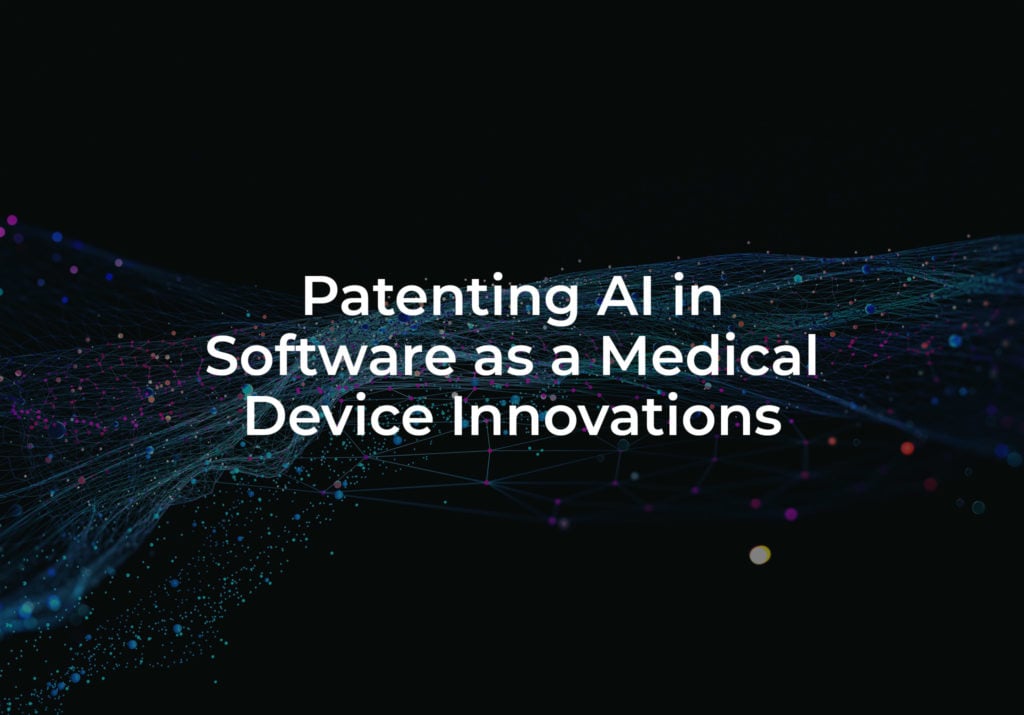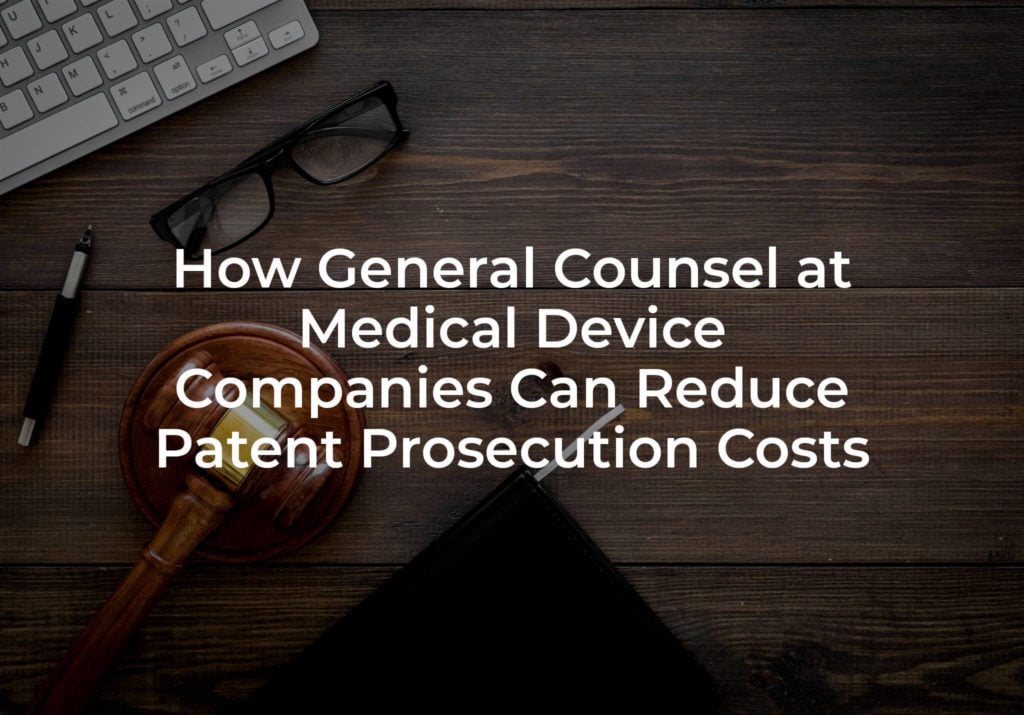Inventors are generally familiar with the requirements of novelty and non-obviousness with respect to the patentability of an invention over related disclosures in the prior art literature. United States patent laws also provide a “threshold” requirement that must be satisfied for the patentability of the invention as claimed in a patent application. At the United States Patent and Trademark Office (USPTO), the threshold requirement refers to subject matter eligibility, that is, the subject matter that may be eligible for a patent when claimed in a patent application.
The claims in all patent applications must satisfy the requirements of novelty, non-obviousness, and subject matter eligibility, among other things, for the USPTO to grant a patent based on the claimed invention. This applies to any run-of-the-mill invention (e.g., a commonly used kitchen tool) and any sophisticated invention, such as those in medical device patent applications.
The patentability requirements are set forth in Title 35 of the U.S. Code Section 101 (35 U.S.C. § 101) entitled “Inventions patentable” because it is directed to subject matter eligibility, whereas Sections 102 and 103 (35 U.S.C. §§ 102, 103) are entitled and directed to “Conditions for patentability: novelty” and “Conditions for patentability: non-obvious subject matter,” respectively. This article discusses the common rejections asserted against medical device patent applications under 35 U.S.C. § 101.
What is a 101 Rejection?
Section 101 states: “Whoever invents or discovers any new and useful process, machine, manufacture, or composition of matter, or any new and useful improvement thereof, may obtain a patent therefor, subject to the conditions and requirements of this title.”
Rejections can be made under 35 U.S.C. § 101 for at least three reasons: the claims in the patent application are not directed to patent eligible subject matter; one or more of the claims lack a substantial and credible utility for the claimed subject matter; and one or more claims in a patent application is/are substantially duplicative of other claims in the application, or other claims in another related patent or patent application.
This article will focus on patent eligible subject matter in medical device applications.
Patent Eligible Subject Matter
Most medical device inventions, such as orthopedic devices, software, diagnostic equipment, or devices for administering treatment, are considered a patent eligible machine or manufacture. Similarly, methods of using such a medical device, methods of treating a patient with the medical device, and methods executed by software as a medical device may be patent eligible subject matter because they are directed toward a processes or method In addition, formulations of a new and nonobvious bone cement or dental composite materials can be a patent eligible composition of matter.
Some inventions are not considered to be patent eligible because they are directed to “judicially recognized exceptions” to the patent subject matter eligibility framework provided by 35 U.S.C. § 101. Specifically, abstract ideas, laws of nature, and natural phenomenon are considered judicially recognized exceptions that are not patent eligible.
Applications for medical device inventions sometimes run afoul of 35 U.S.C. § 101 in a couple of ways. In one way, the claimed invention may be directed to subject matter that is not a process, machine, manufacture, or composition of matter. In another way, the claimed invention may be directed to a judicially recognized exception to patentability (e.g., an allegation that the claimed invention relies on a law or nature or a naturally occurring phenomenon).
Under the first scenario, patent applicants have phrased their claim language in such a way as to “accidentally” claim a human organism, which is not patent eligible subject matter under 35 U.S.C. § 101. This usually happens because the claim involves reciting part of a user in such a way that it seems like the user is part of the invention. Here’s a hypothetical example:
Claim 1. A device for treating a respiratory condition, the device comprising:
a breathing mask apparatus that is attachable to a face of a user, wherein a user’s nose and mouth are sealed to outside air, wherein the user’s hand attaches the breathing mask to the face; and a medicament supply line attached to the breathing mask.
In the above claim 1, it can be considered unclear whether “a user’s nose and mouth” and/or “the user’s hand” are intended to be part of the claimed device.
To avoid a Section 101 rejection based on the perceived claiming of a human organism as part of the device, one strategy is to define the invention by describing its structure or parts and the function corresponding to the recited structure, i.e., what the components of the invention are provided to do. Looking at the hypothetical example according to claim 1 above, a better strategy for reciting the claim limitations would be something like:
Amended claim 1. A device for treating a respiratory condition, the device comprising:
a breathing mask apparatus that is configured to be attachable to a face of a user, wherein the breathing mask is configured to seal the user’s nose and mouth from outside air, wherein the breathing mask is configured to be placed on the face of the user by the user’s hand; and a medicament supply line attached to the breathing mask.
What is key here is the structures or parts of the invention that have particular function can be used by a human user, rather than allowing the user (a human)to be considered as part of the recited device.
Reach Out to a Medical Device Patent Lawyer
The Rapacke Law Group can help with your medical device patent application needs. Feel free to reach out to us to schedule a free initial consultation.




